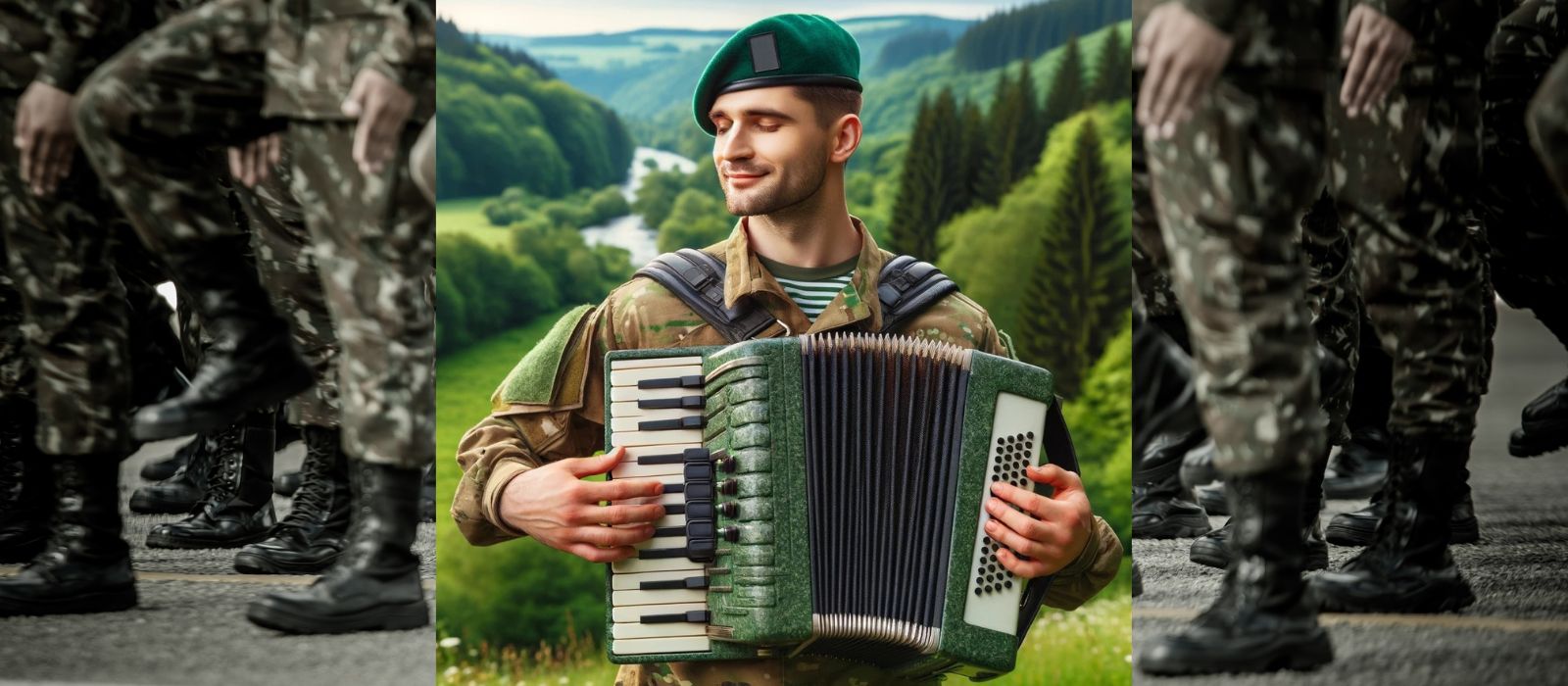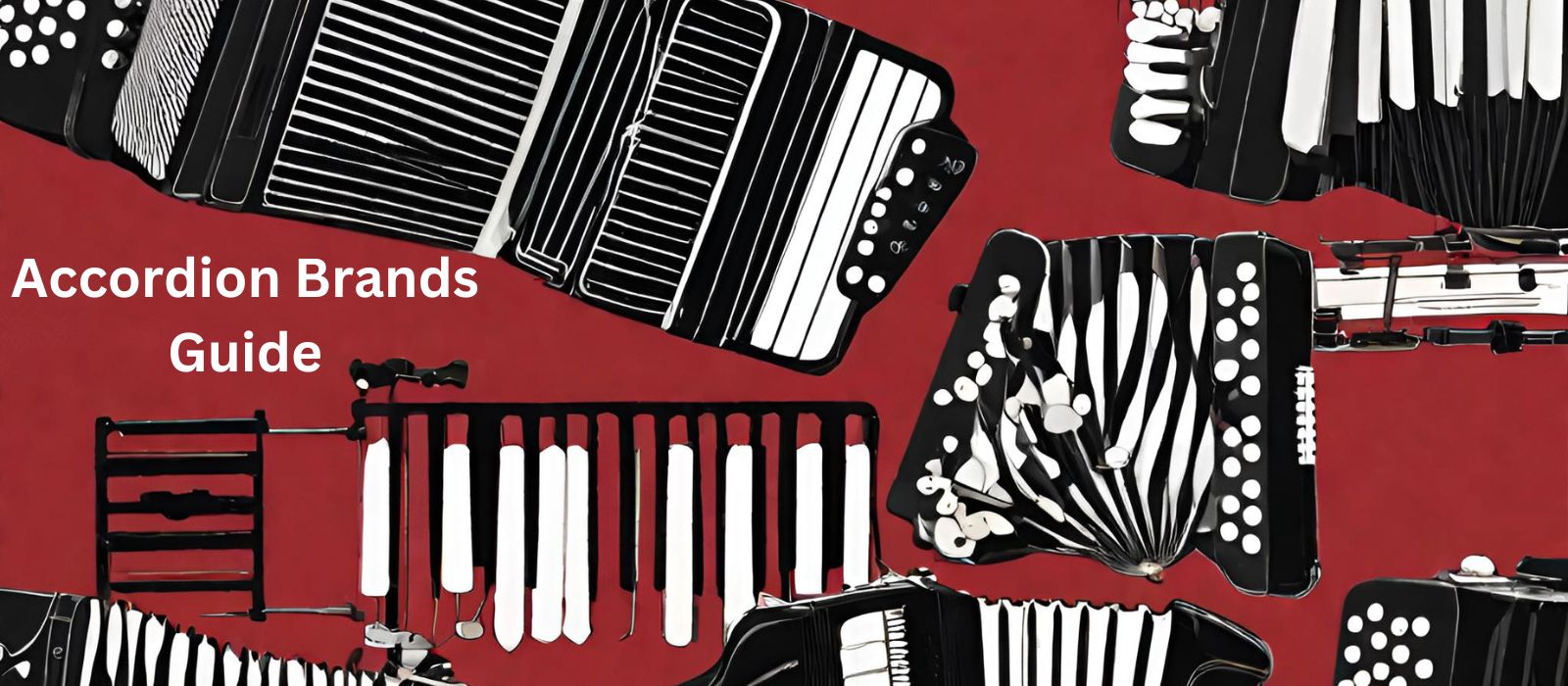Polka dance and the Accordion music
One trendy style featuring the accordion is polka music, which originated in Bohemia (now part of the Czech Republic) in the mid-19th century. The dance was initially performed in rural villages during weddings or other celebrations.
However, it soon became a staple of taverns across Europe and even made its way over to North America by immigrants from eastern Europe. It was here that polka gained widespread popularity thanks to its lively beats and playful melodies that people could easily dance along to.
Of course, a polka performance would only be complete with an accordion! This gave rise to yet another form of folk music that has become inseparable from this unique instrument.
What is the Kolo dance?
Kolo is a Central European (mainly the Balkans region) folk dance performed by dancers who are intertwined (with hands) into a chain that is then connected into a circle with the soloist often in a center of it.
Kolo as a dance form plays an important role in folklore and national identity. It fosters social function through music and dance. Balkan Kolo dances are almost always performed to the music of the accordion. Sometimes those dance tunes are produced by a small band (typically a button accordion and a violin), an orchestra, or a solo accordionist.
Solo accordionists often can be seen at weddings and birthday parties in open spaces or large ballrooms where everyone is enjoying the food treat and dances Kolo on the dance floor.
These types of dances are peculiar to Serbia, Macedonia, Bosnia, and Montenegro.
Waltz for the accordion
Waltz is one of the most popular ballroom dances that originated in Germany in the 18th century. Almost every country in the world has adopted some form of this dance. Waltzes are often performed on accordions and are fun pieces to play.
Mazurka dance for the accordion
Mazurka (Polish: Mazurek) is a Polish folk dance. It originated in the 16th century in East central Poland amongst the Mazurs. Just like the other folk dances that are performed on an accordion, Mazurka is a ballroom dance designed for either a single couple or as many as eight couples.
By the mid-1800s Mazurka spread to Russia, England, and France. It is often performed on accordions during various folk festivities amongst Polish people worldwide.
What is Tarantella Napoletana dance?
Tarantella is an Italian folk dance that originated in the town of Taranto, Apulia region. This romantic dance is characterized by light and quick steps and flirtatious gestures between the dance partners.
The dance originated in the agrarian province of Taranto, where field workers who suffered a spider bite would go into a hysteria known as tarantism. Villagers and priests believed the only effective cure was a dance by those afflicted.
Dancers were usually accompanied by the village accordion, tambourines, and mandolin players. Italian immigrants brought this magical dance to America and tarantella has been featured in Hollywood movies like “The God Father”, “The Sopranos” and “The Night at the Opera.”
Tarantella is usually performed at wedding parties where the reception attendees would typically dance in a circle around the newlyweds and symbolize welcoming of the couple into their new life.
What is Zydeco dance?
While the exact origins of its name are not that well known, the term Zydeco is used for dance and music style that originated in Southwestern Louisiana. This region was a melting pot of Native Americans, Creoles, Acadians, and African slaves.
The intermingling of these cultures created the Zydeco dance. This dance is one of several Cajun dance styles. Zydeco dance has its roots in French folklore dances and is always accompanied by melodies played on a diatonic button accordion. These accordions known as melodeons were brought to Louisiana by German immigrants. For more information on zydeco accordions, please visit www.zydecoaccordion.com
Hohner Panther
Diatonic Accordion
This is an amazing diatonic accordion by Hohner. Great for entry-level accordionists who want to play Zydeco, TexMex, Norteno, Polka, and so on. Comes in Matte Black and only in the key of FBE
31 buttons, 12 bass buttons, and double strap brackets.
Comes with Straps and Hohner Diatonic Method Book.
“The dance consists of two four-beat parts using a total of eight beats of music. Each part consists of a step-pause, step, step with a step-pause using two beats and a step using one beat of the music. In addition, the rhythm is sometimes referred to as SQQ, SQQ where the S=2 beats and the Q=1 beat. Also, the dance uses predominantly closed or promenade positions but occasionally dancers do one-hand, two-hand, or cross-hand movements.” (quoted from dancetime.com).
Dino is a hobbyist accordionist who loves music, photography, architecture, design and a slew of other fun things. He decided to launch this blog due to an increasing popularity of the accordion. He learned how to play the accordion by ear as a child and then progressed on to keyboards and eventually a drum set. He grew up in the Balkans and now lives in California where he occasionally plays the accordion at birthday parties and NYE celebrations. He now shares his love for the accordion through this blog.







Leave a Reply